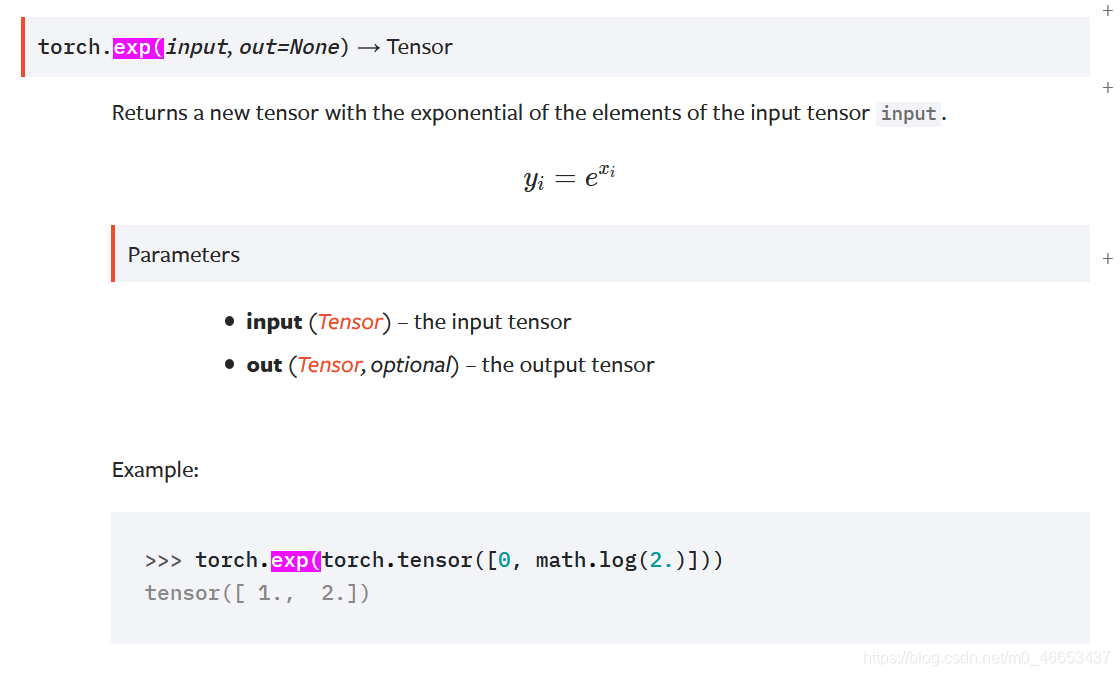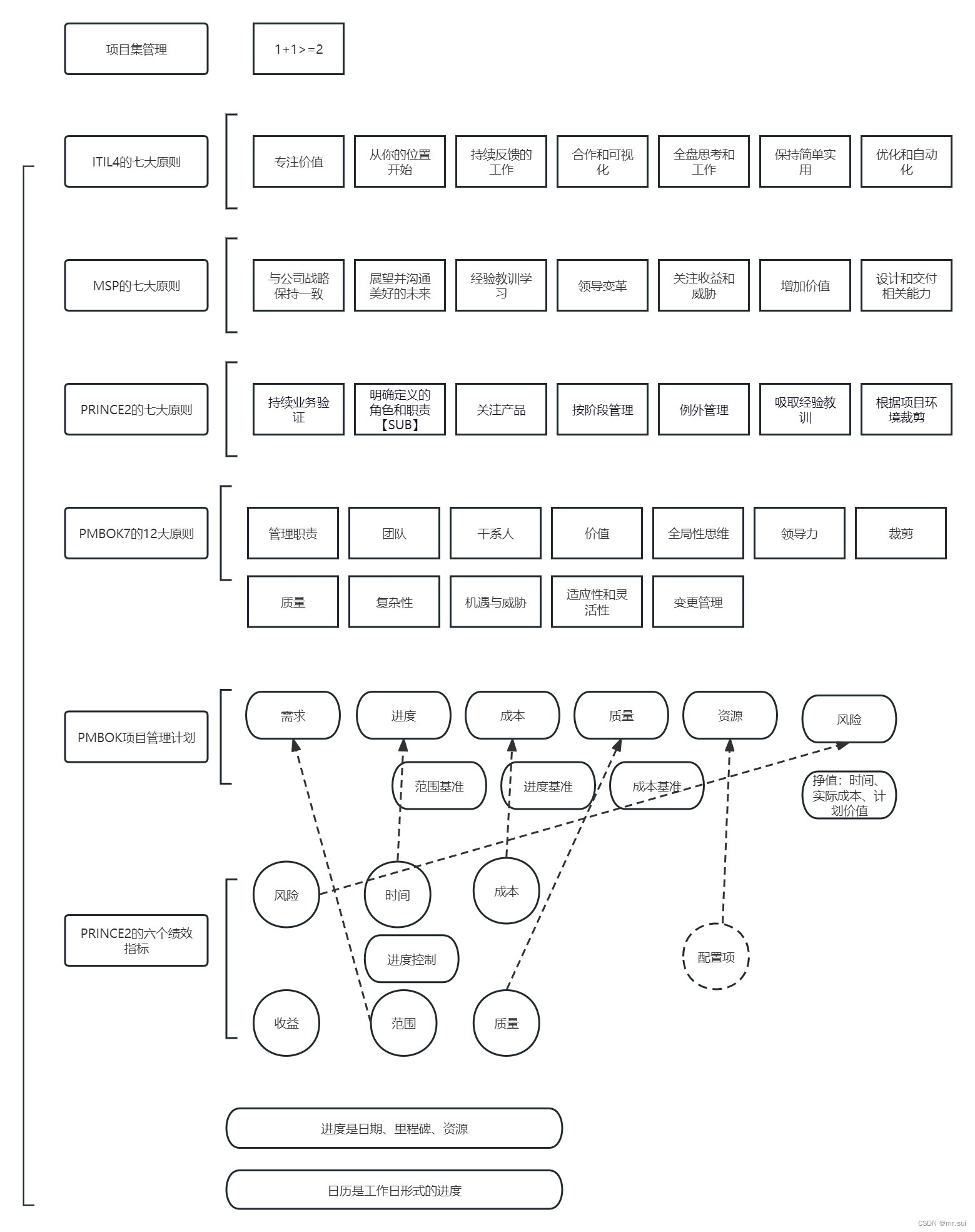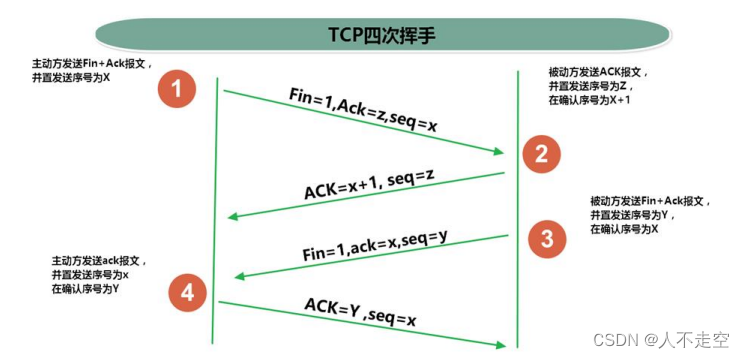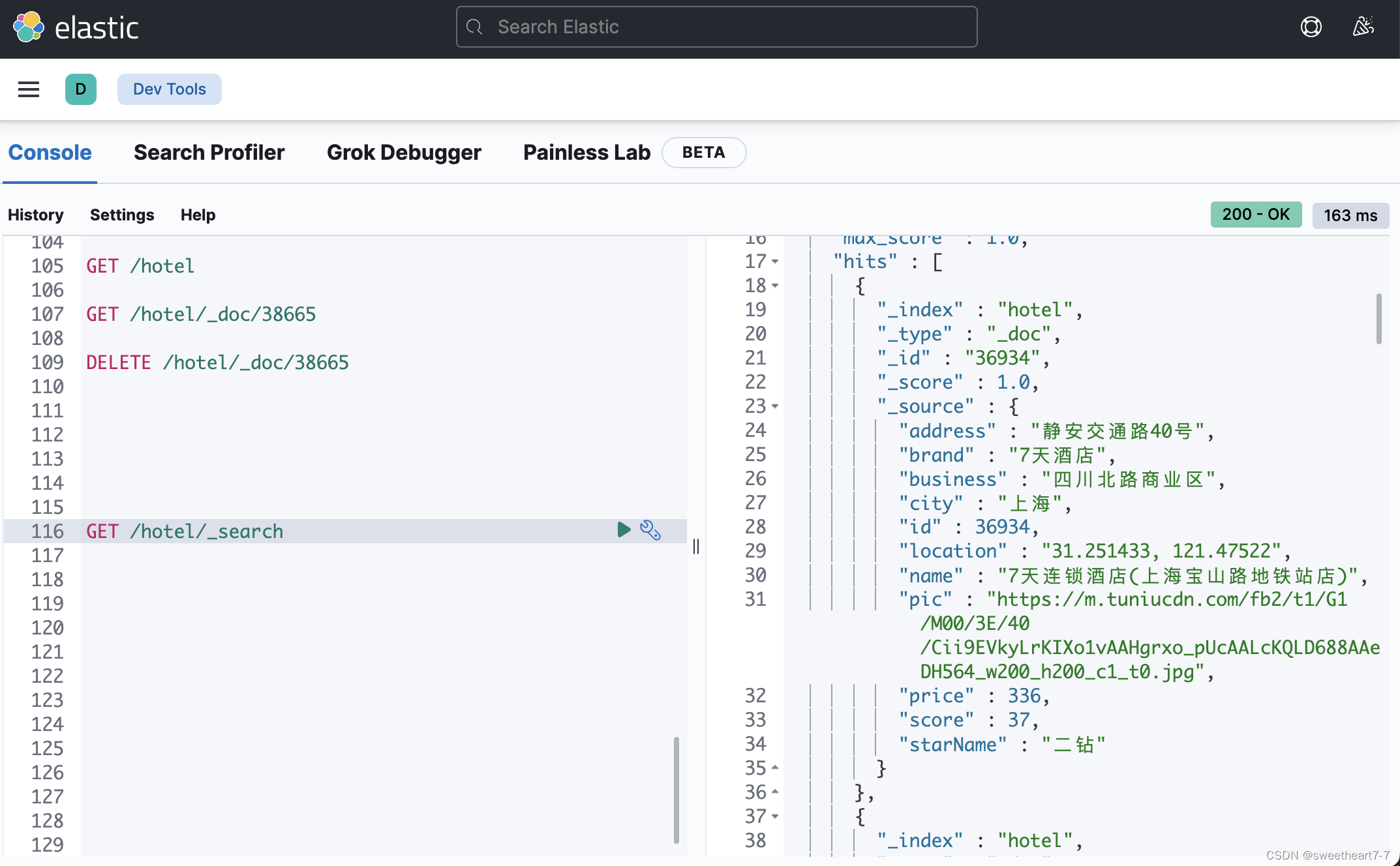代码实验展示:
Microsoft Windows [版本 10.0.18363.1256]
(c) 2019 Microsoft Corporation。保留所有权利。
C:\Users\chenxuqi>conda activate ssd4pytorch1_2_0
(ssd4pytorch1_2_0) C:\Users\chenxuqi>python
Python 3.7.7 (default, May 6 2020, 11:45:54) [MSC v.1916 64 bit (AMD64)] :: Anaconda, Inc. on win32
Type "help", "copyright", "credits" or "license" for more information.
>>> import torch
>>> import math
>>> torch.manual_seed(seed=20200910)
<torch._C.Generator object at 0x0000023D74B6D330>
>>>
>>> torch.exp(torch.tensor([0, math.log(2.)]))
tensor([1., 2.])
>>>
>>> math.log(2.)
0.6931471805599453
>>> input = torch.tensor([[0,1,2],[3,4,5]],dtype=torch.float)
>>> input
tensor([[0., 1., 2.],
[3., 4., 5.]])
>>> torch.exp(input)
tensor([[ 1.0000, 2.7183, 7.3891],
[ 20.0855, 54.5981, 148.4132]])
>>>
>>>
>>> input = torch.randn(3,5)
>>> input
tensor([[ 0.2824, -0.3715, 0.9088, -1.7601, -0.1806],
[ 2.0937, 1.0406, -1.7651, 1.1216, 0.8440],
[ 0.1783, 0.6859, -1.5942, -0.2006, -0.4050]])
>>> torch.exp(input)
tensor([[1.3263, 0.6897, 2.4813, 0.1720, 0.8348],
[8.1147, 2.8310, 0.1712, 3.0699, 2.3256],
[1.1952, 1.9855, 0.2031, 0.8183, 0.6669]])
>>>
>>>
>>>













![⑩④【MySQL】什么是视图?怎么用?视图的检查选项? 视图的作用?[VIEW]](https://img-blog.csdnimg.cn/20a7f1b58dfb4660b75d7f021c157d57.png#pic_center)






